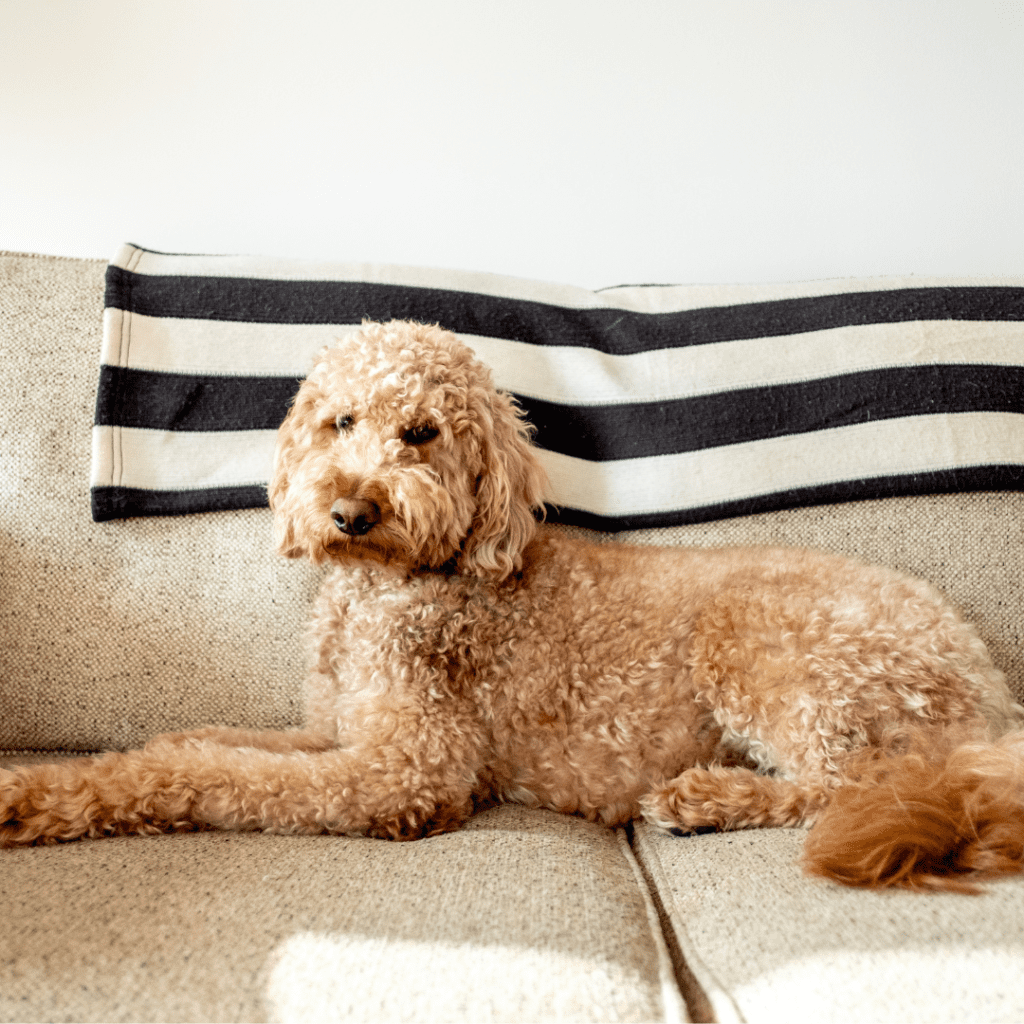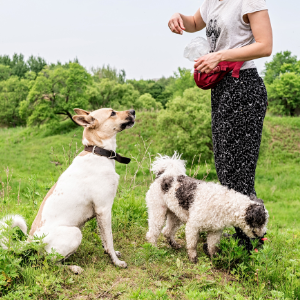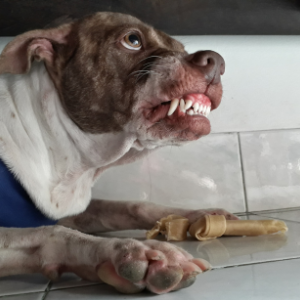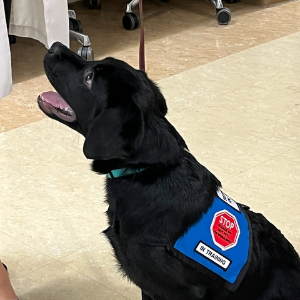Surely you have heard of the poodle crossbreed craze, Cockadoodle, Goldendoodle, Labradoodle, Aussiedoodle, Bernedoodle, Doberdoodle, Dalmadoodle, etc. None of these name combinations are made up by us. Try Googling any dog breed with the word poodle and there’s a good chance that a crossbreed will show up. Have you seen them? They are the cutest little muppet-like cuddlepoos. But what is the huge appeal of these crossbreeds called doodle dogs and what are the risks?
The Poodle
Let’s start with the poodle, a great dog. According to the American Kennel Club, “Whether Standard, Miniature, or Toy, and either black, white, or apricot, the Poodle stands proudly among dogdom’s true aristocrats. Beneath the curly, low-allergen coat is an elegant athlete and companion for all reasons and seasons.” No wonder people want to use those traits to customize a pet that is perfect for them, but that is exactly the issue.
Why Crossbreed?
You cannot crossbreed and expect customization or the perfect outcome. For example, there is no way to guarantee that another breed crossed with a poodle will result in a hypoallergenic dog. Considering ten to twenty percent of the human population is allergic to pets, that is a trait that is particularly desirable. It likely is the root of the appeal of doodle crossbreeds to begin with, but even purebred poodle promoters will admit that no dog is 100% hypoallergenic.
The low allergy tendencies of a doodle mix depend on the percentage of poodle mixed with the percentage of the other breed. The outcome is a bit like DNA roulette unless the breeder is a reputable one that places the integrity of the crossbreed and their own reputation in high regard. A multigenerational doodle cross will have more percentage of poodle, and therefore more tendencies toward being less likely to cause allergy issues. A first generation doodle crossbreed will result in a completely different outcome than a second generation doodle crossbreed. Complicated, yes? This is why finding an experienced breeder you can trust is so important.
Use an Experienced Breeder
Obviously not all breeders are the same. This means that a doodle shopper must do their research! If not, your chance of getting a low allergy crossbreed is the same as adopting a mix from the shelter. That research becomes very important when you realize that the price of a doodle mix ranges from $1,500 – $5,000 and the price of a shelter dog is $50 – $500. It is even more important when you consider the number of shelter dogs needing homes. If a dog found at the shelter is a good fit, then why go with a “designer” crossbreed that may not even have the characteristics you desire in a companion pet.
Common characteristics that people assume can be controlled in crossbreeding
- Physical:
- coat quality (low allergy, low maintenance grooming, curly/straight)
- agility
- overall health
- Temperament:
- calmness
- intelligence
- trainability
Use a Reputable Breeder
Find a reputable breeder that you can verify through references and contact your veterinarian for suggestions. Investigate your options! If you don’t do your research, you may be unknowingly buying that knockoff Louis Vuitton bag rather than the real deal. Unfortunately, that very issue has resulted in poodle crossbreeds ending up in shelters across the country in high numbers. Not only are the dogs that result from haphazard breeding returned because they are not low allergy, but also because many shed a lot more than a purebred poodle.
If you choose to go with a crossbred or purebred dog, it is up to you to do what is necessary to find the dog that is right for you and a breeder that is responsible, because disregarding a knockoff handbag is completely different than relinquishing a living creature.
This blog was written by Rebecca Gatewood.




